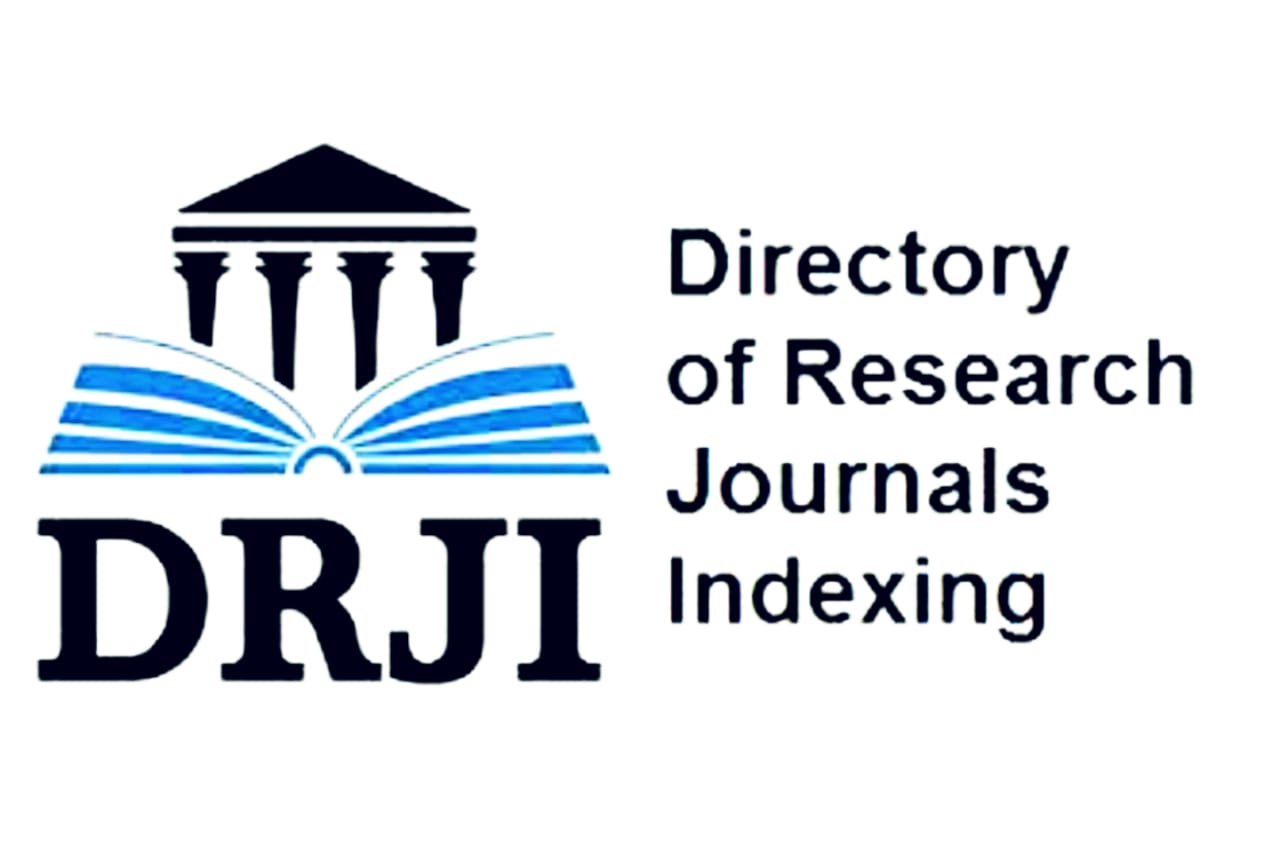Phytochemical analysis of Petrosimonia sibirica grown in Kazakhstan
DOI:
https://doi.org/10.26577/ijbch-2018-2-336Abstract
In this study, complete phytochemical analyses of the component composition of Petrosimonia sibirica was conducted for the first time. Phytochemical screening showed the presence of a variety of primary and secondary metabolites. The data for quantitative determination of biologically active compounds were presented. The qualitative composition of amino, fatty acids of the plant Petrosimonia sibirica has been studied by using the method of paper chromatography (PC) and thin-layer chromatography (TLC), their quantitative composition of amino, fatty acids have been identified by gas chromatography. The composition of 20 amino, 8 fatty acids of Petrosimonia sibirica, family Chenopodiaceae have been established. The major amino acids in studied plant were glutamic acid (2.440%), alanine (0.618%), aspartic acid (1.254%), arginine (0.405%), tyrosine (0.340%), and proline (0.306%). The dominant fatty acids in plant with respect to quantity were oleic (48.3%) and linoleic (26.7%) acids. In order to optimize the extraction process technological parameters (extracting solvent, a ratio between solvent and solid plant material and process temperature) were selected. The most suitable solvent is 70% ethyl alcohol, solid – solvent ratio (1: 6-8), extraction time (3 days), and extraction temperature (20-25 oC). In addition, Kazakh species of Petrosimonia sibirica plant are valued as a rich source of saponins and flavonoids. Quercetin 3-O-β-D-glucopyranoside (isoquercitrin) was isolated from Petrosimonia sibirica. Flavonoid glycoside was identified by 1H NMR, 13C NMR, and MS, and compared with the data in the literature. The results revealed the presence of medicinally important constituents in the studied plant. Therefore, extracts from these plants could be seen as a good source for useful drugs.
Downloads
How to Cite
Issue
Section
License
ааа

















